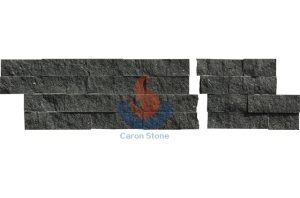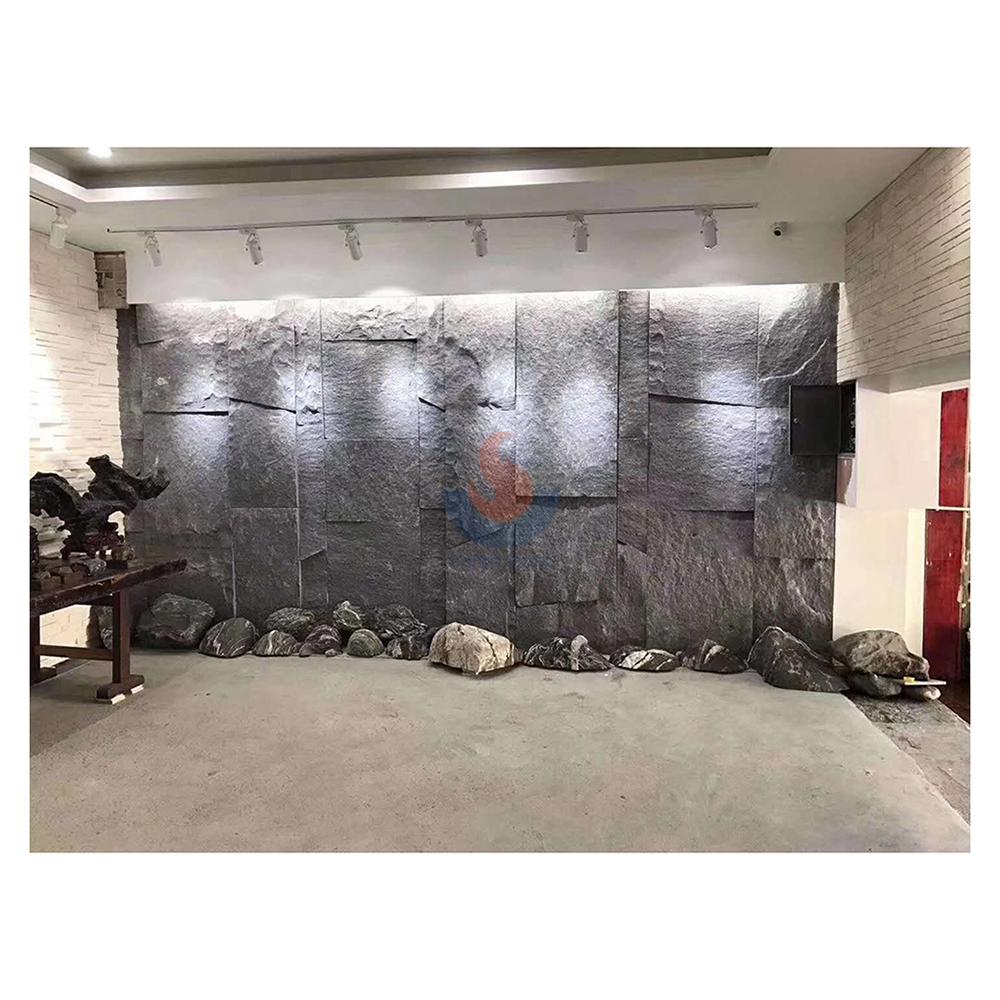In the field of construction, the choice of materials often determines the durability, beauty and functionality of a building. With its special physical and chemical qualities, granite—an ancient and honorable building material—has an indispensible place in the area of construction. Granite has been used in human architecture from the ancient Egypt pyramids to contemporary skyscrapers. This paper will investigate the particular benefits of granite in the field of construction, examine why it may stand out among many building materials, and look forward to possible use in next architectural evolution.

G684 Black Granite Splitted Culture Stone
1. Durability
One of granite’s main benefits is its excellent durability. For outdoor building and decoration, its great toughness and wear resistance make it a perfect fit. Granite may last a lifetime and keep its beauty and utility whether it’s as a floor paving or an exterior wall material.
2. Aesthetics
Rich and varied colors and natural, distinctive textures found in Granite can help to give the structure a noble and elegant attitude. Its naturally occurring patterns and color variations give designers a wide creative range so that every building may exhibit original beauty.
3. Chemical resistance
Granite is often utilized in particular locations like chemical laboratories and hospitals since it resists most chemicals rather well. It can preserve the building’s integrity while resisting the eroding effect of acid rain and other corrosive materials.
4. Thermal stability
Granite is a perfect material for kitchen counters and other surfaces that must resist high temperatures since of its thermal stability. Temperature variations will not cause deformation or damage, so guaranteeing the safety and lifetime of use.
5. Low maintenance cost
Due to the high durability and corrosion resistance of granite, it requires almost no special maintenance. For the owner, this significantly lowers the building’s long-term maintenance expenses and saves money.
6. Environmental adaptability
Granite is a perfect choice for buildings all around the world since it can function stably and keep its performance in many climatic circumstances, like a scorching desert or a freezing Arctic.
7. Recyclability and sustainability
Granite, being a natural stone, may be recycled and put to use following use, therefore lessening the effect of building waste on the surroundings. In keeping with the idea of sustainable development, its lengthy lifetime also lowers resource use at the same time.
8. Structural stability
Load-bearing buildings and supporting components would find Granite’s great density and structural stability perfect. Using granite guarantees the stability and safety of major constructions like monuments and bridges.
9. Acoustic and thermal properties
Apart from its structural benefits, granite boasts good thermal and acoustic qualities. Along with helping to control internal temperature and increase living comfort, it can efficiently absorb sound and lower noise pollution.
10. Artistic and cultural value
At last, granite is rather significant in many artistic and cultural works. Apart from a building component, it serves as a vehicle for artistic expression and cultural legacy.

Split face natural granite stone wall cladding stone
Granite, with its excellent physical and chemical properties, has a significant role in construction due to its durability, aesthetics, chemical resistance, thermal stability, low maintenance costs, environmental adaptability, recyclability, sustainability, structural stability, acoustic and thermal properties, and artistic value. With technological advancements and increased environmental protection, granite’s application will become more extensive and recognized. It will continue to play a crucial role in the construction field, becoming a cultural symbol connecting the past and future, contributing to green and environmentally friendly construction goals. Through continuous exploration and innovation, granite will lead the construction industry towards a more innovative, efficient, and sustainable future.





